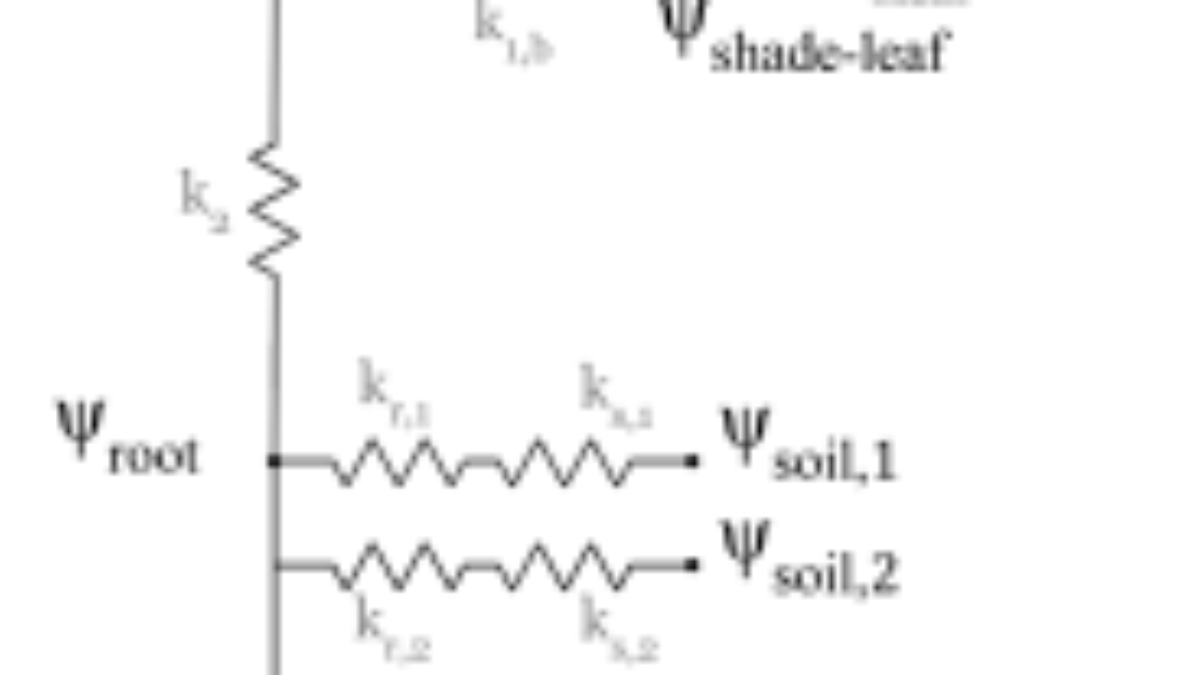DR. KAIYU GUAN, UNIVERSITY OF ILLINOIS
YI YANG, UNIVERSITY OF ILLINOIS

Short Summary:
Two new methods for modeling plant water stress will be implemented into the Noah-MP land surface model to improve the simulation of plant water stress for crops. The new and existing methods will be evaluated and compared within the same modeling framework to improve our mechanistic understanding of plant water stress and the modeling of it. The revised Noah-MP models will also be useful for assessing crops’ response to dry weather conditions and guiding irrigation management, and thus have practical uses in agricultural production in Illinois and the U.S. Corn Belt.
Statement of Expected Benefits:
Accurately modeling plant water stress is key to evaluation of drought impacts on agro-ecosystem productivity and irrigation management. Plant water stress can be triggered by insufficient soil water content (SWC; water supply) and high atmospheric vapor pressure deficit (VPD; water demand), either independently or collectively (Katul et al., 2012). For crops, plant water stress is one of the major hazards in dry weather conditions, especially when extreme weather is becoming more and more frequent under climate change (Rosenzweig et al., 2001).
Statement of Expected Results:
We plan to implement and test a plant hydraulic model and a water supply-demand based model in the Noah-MP LSM and compare the results with the existing Ball-Berry stomatal conductance scheme with an empirical soil water stress function. We hypothesize that both newly implemented models can improve the performance of soil water stress representation and vegetation water use dynamics. We further expect that the water supply-demand based approach would be advantageous when fewer plant hydraulic measurements are available because its parsimonious representation could be more easily constrained.
Objectives:
The objective of this study is threefold: (1) implement the two new methods in Noah-MP; (2) compare the results of the two new methods and existing method in Noah-MP; (3) compare the performance of the two new methods under different scenarios and evaluate their pros and cons that may help us understand
their applicability in different situations.
Project Impact:
Accurately quantifying plant water use is critically important for understanding ecosystem response to drought, yet the current modeling approaches have large uncertainties. This study provides a unified framework of different theories for modeling plant water use, illustrates the relationships and conversions between different models, quantifies their similarities and differences and evaluates their applicability under different environmental conditions. Through this study, we have three important findings. First, we found that mathematically simplified models can be represented by a full plant hydraulic model under certain conditions. For example, the supply-demand balance scheme is a plant hydraulic model with infinite xylem to leaf conductance and a step function– like leaf stomata response to leaf water potential. Second, we decomposed the difference of the aggregate behaviors between the full model and the simplified model and found that the simplified models can recover the missing processes by introducing new components. Third, we argue that the importance of the discrepancies between the simplified models and the full model can be assessed in a systematic way. We thus propose a framework for assessing the applicability of simplified models under different environmental conditions. This framework improves our understanding of modeling plant water use and would greatly help modelers choose the most suitable models for the intended applications. This study would have broad interest from ecosystem modeling applications and especially contribute to agricultural water management (e.g., irrigation) and help achieve the cosustainability of food production and water resources.

